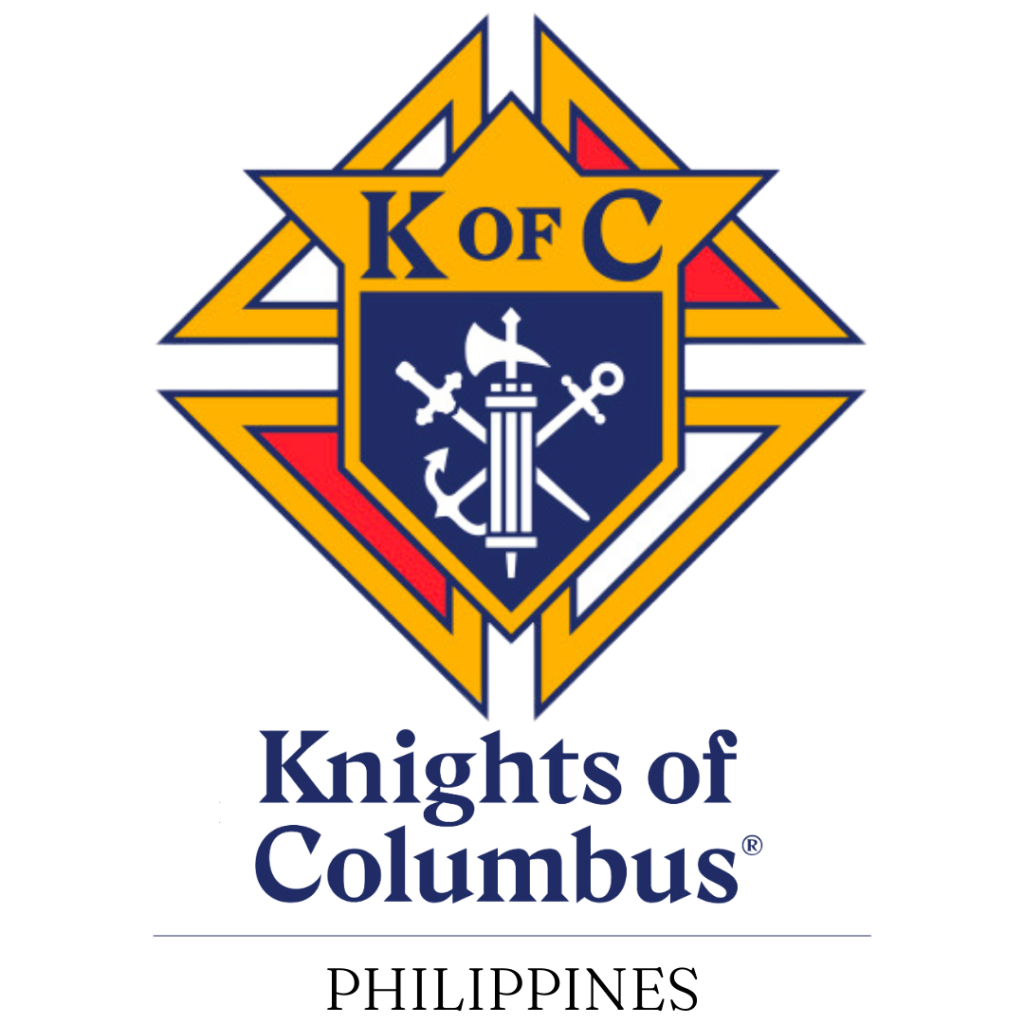
What do the rays in the Divine Mercy mean?


Thousands of delegates gather for day 2 of the World Apostolic Congress on Mercy (WACOM) 4 at the UST Quadricentennial Pavilion, Jan. 17. 2017 (Photo: Maria Tan)
MANILA– Ever wondered why Jesus in the Divine Mercy image is shown with a white and red rays emitting from his heart?
Giving talk 3 of the ongoing World Apostolic Congress on Mercy (WACOM) 4, “The Church is the Servant and Witness of God’s Mercy”, Fr. Seraphim Michalenko, M.I.C. said the meaning behind the image’s two rays is found in Scripture and is closely linked to how the human body functions.
“The basic meaning of the rays is what we read in the Gospel of John…St. John said he handed over His spirit. And the spirit is the life of Jesus,” said the priest.
Life of the soul
“Their (blood’s) separation into two colors happens only after a person’s death,” he said, noting the close relationship between the Sacraments and Christ’s death.
According to Michalenko, the white ray is linked to how the white blood cells act to protect the body against diseases and foreign invaders, which in turn symbolize the Sacraments of Baptism, of Reconciliation, and Anointing of the Sick.
The “white component”, explained the priest, carries toxins out of the body, which is similar to how the three Sacraments acts on the soul as well.
On the other hand, the red ray, said the priest, signifies “the red component of the blood [which] carries oxygen, the life-giving oxygen to every cell.”
According to him, the red ray symbolizes the Eucharist, “which is the life of the soul.”
Speaking to thousands of WACOM4 delegates gathered at the UST Quadricentennial Pavilion earlier today, Michalenko said: “Those rays…fulfill the last part of the creed. The rays represent the coming forth of Mother Church, which through baptism gives birth to children.”
No exaggeration
“These are the very basics of our faith graphically pointed out. As we venerate that image, we allow the grace of God to penetrate us,” said the priest, appealing to deeper faith.
Michalenko was quick to stress that the Divine Mercy devotion is more than just sentimental piety.
“This is not an exaggeration. This is an act of faith we put in our Lord’s promise… Everything we need for a right life, for a good death, and salvation [is here],” he said,
noting that a good life “is not only forgiveness of sins.”
“It is also health and total well-being in every aspect of our life,” added Michalenko.
For day 2 of WACOM4, delegates heard Cotabato Archbishop Orlando Quevedo give talk 1 on “The Church Called to be a Communion in the Love and Mercy of God” and the second talk by Fr. Patrice Chocholski on “The Church Receives and Celebrates the Mercy of God through the Word and Sacraments Especially the Eucharist and Reconciliation.” CBCPNews








